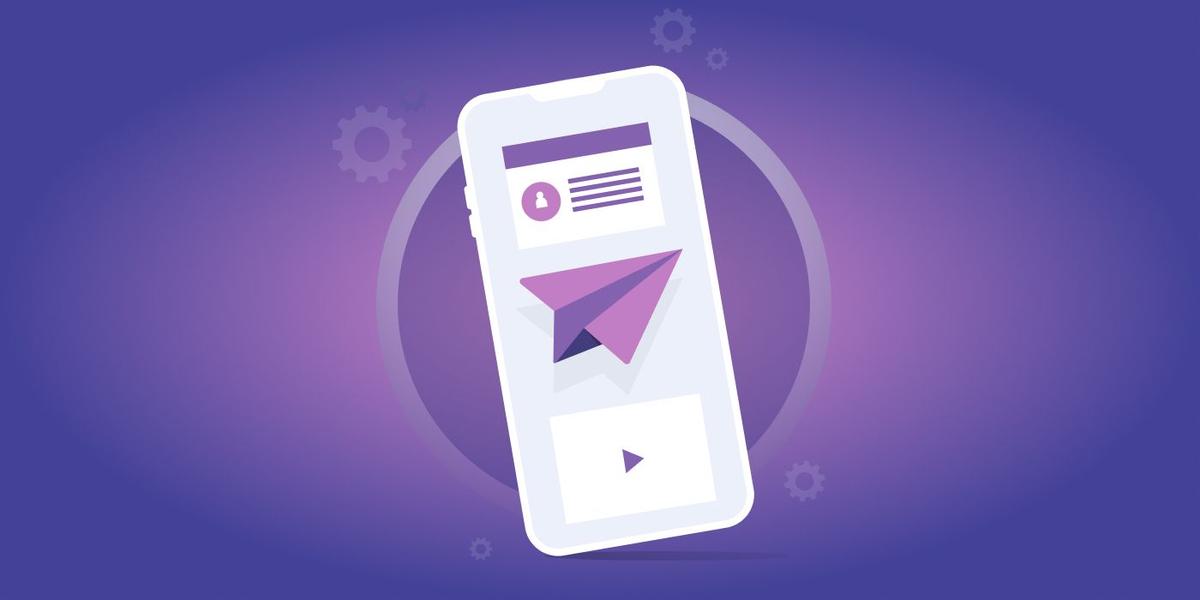Cross-Channel Marketing in a Mobile-First World
Published on July 16, 2020/Last edited on July 16, 2020/4 min read


Adam Swiderski
WriterIt's no news flash that the world has gone massively mobile over the past decade, to the point at which “text neck” is recognized by the medical community. That being the case, accessing customers through mobile marketing has become a necessary pillar of any smart brand's engagement strategy.
While mobile presents no shortage of new marketing opportunities, there is a potential pitfall: Some brands become so invested in the shiny and new that existing channels are neglected. Traditional avenues like email might not seem too sexy when in a landscape dense with mobile apps, but they remain highly effective in forging connections with customers.
Savvy brands, then, will understand that rather than replacing other forms of outreach, mobile marketing can work in tandem with other channels to make their customer engagement efforts more effective. With the use of tools like Braze Canvas, brands can orchestrate the use of of mobile channels so that they support, rather than replace, existing channels.
Mobile, Email, and You
Despite the fact that it's been around since telephones had cords, email remains one of the most powerful tools when it comes to fostering engagement, with a majority of companies still ranking it highest among available channels in return on investment. In a world of fractured attention spans, it's a way to reach audiences with varied, rich content that facilitates the development of long-term relationships.
That said, a mobile-first world requires an approach to email marketing focused on grabbing end-user attention on a platform where they're often hit with dozens of notifications a day (or more!). Tactics such as putting value front and center, designing with an eye toward a clean layout, and deep-linking between email and apps demonstrate an understanding of the ways in which best practices can be adapted for a mobile-focused audience.
Managing Mobile Marketing and Web Messaging
Advances in technology don't always flow in one direction. For example, it can be argued that the rise of push notifications in the mobile app space has created a new type of consumer, one who is acclimated to engaging with content that they're not actively seeking out. This, in turn, opens the door for new spins on well-trod territory like web-based messaging. Urgent, impactful messages ranging from simple notifications to rich messaging that can include video or email capture forms can provide a hotline to valuable users.
As with email, however, the power of web messaging must be optimized for an audience familiar with the mobile space. An understanding of how often to use push notifications—and when—is key to optimizing its effectiveness, especially given the sheer amount of communication with which mobile users are faced on any given day.
Bringing It Together With Braze Canvas
Fortunately, none of this is theoretical—the power of crafting a cohesive cross-channel marketing strategy has been borne out in real-world business scenarios. For example, there's the case of global freelance services marketplace Fiverr, which, in 2018, made use of Braze Canvas to create and test a cross-channel marketing campaign that weaved together email, web messaging, and mobile channels like push and in-app messages.
The results clearly demonstrated that creating a cross-channel customer journey incorporating mobile, web, and email messaging yielded the best performance, and that intelligent and dynamic responsiveness were key contributors to campaign success across all channels. The numbers were impressive: The campaign that most effectively combined these strengths yielded a 20.9% increase in revenue over the control group.
Next Steps
Every messaging channel matters when it comes to creating a compelling customer journey. In an increasingly mobile-forward world, smartly utilizing each one is key to creating engagement. For more on how to provide a relevant, personalized experience in multi-channel marketing, check out the Braze Brilliant Experiences, Channel by Channel guide.
Related Tags
Releated Content
View the Blog
Are you AI-savvy enough to survive? A wake-up call for CMOs

Team Braze

What are contextual bandits? The AI behind smarter, real-time personalization

Team Braze

What is a multi-armed bandit? Smarter experimentation for real-time marketing
